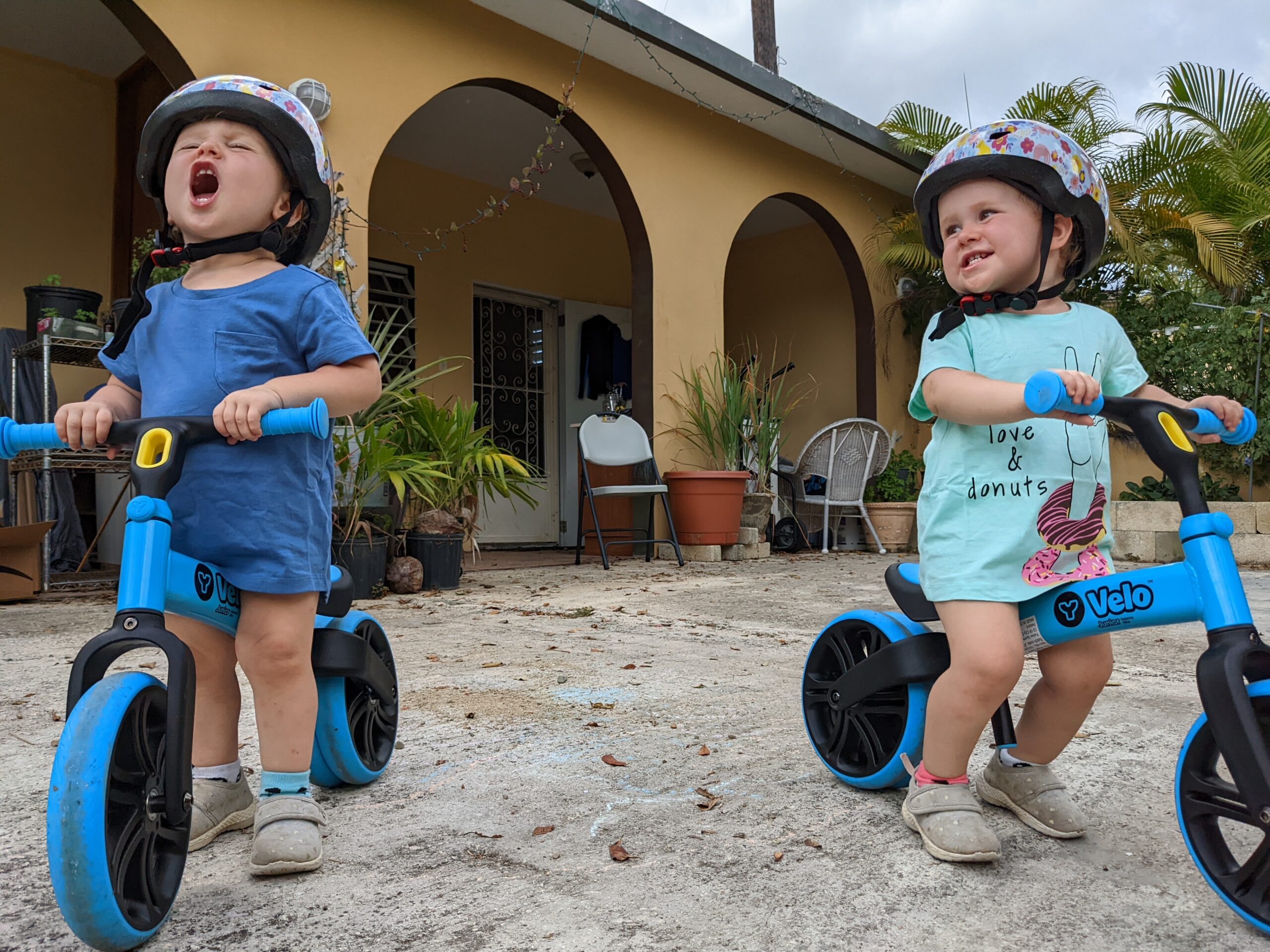Girls with Autism Spectrum Disorder(ASD) may have sensory issues, emotional regulation difficulties, mental health issues, trouble interpreting social cues, and obsessional interests. But girls’ ASD symptoms tend to differ from boys’ symptoms. This, combined with the fact that most ASD research is based on boys, means that girls are significantly more likely than boys to have undiagnosed autism (Sarris).
Why are girls diagnosed less often?
SPARK, an autism research project, notes that girls are often better at masking their autism-related challenges, one possible explanation for lower rates of autism diagnoses for girls. Girls’ autism symptoms might also be less severe than symptoms of their male counterparts (Sarris). Though there is a clear upside to lower symptom severity in terms of functioning, it can also contribute to delays in needed support and treatment. And receiving timely, effective, and early intervention during childhood is critical to well-being and healthy development. The earlier the better.
Other research points out that girls on the autism spectrum who are high functioning often demonstrate social communication skills that are on par with “most neurotypical boys, but at a lower level than most neurotypical girls” (Bennie, 2016). Researchers and neuropsychologists also find that autistic girls do not show repetitive and restricted behaviors as frequently as autistic boys. Tools that are traditionally used to diagnose ASD may be contributing to lower diagnosis rates for girls, because they include diagnostic criteria relating to social interaction skills and repetitive behaviors.
Social behaviors often look different in autistic girls than in autistic boys. Researchers have found that autistic girls without intellectual disabilities tend to mimic others more often, which helps them fit in socially. They also found that boys with ASD seem to have a greater tendency to self-isolate than girls do (Bennie, 2016).
Externalizing behaviors also present differently in autistic girls than in autistic boys. Girls with ASD typically have more melt-downs, irritability, and lethargy than their neurotypical peers (Sarris). However, they tend to do better than boys at holding it together in public, then blowing off steam at home. One study found that girls with ASD between 4 and 20 years old experienced emotional reactivity more often than boys. They also scored higher on measures of depressed mood (Hess, 2020).
Gender and autism: looking ahead
It is becoming more evident that autism in girls looks different. While the core profile of autism doesn’t vary much between genders, girls with ASD face unique qualities and challenges. Researchers and clinicians are becoming more knowledgeable about variations in autism symptoms between girls and boys. Hopefully the work to better understand ASD in girls will continue to help ensure that this group does not continue to be overlooked.
References:
- Sarris, Marina. “Are Girls With Autism Hiding in Plain Sight?” SPARK. sparkforautism.org/discover_article/are-girls-with-autism-hiding-in-plain-sight/
- Bennie, Maureen. “High Functioning Girls With Autism Often Go Undiagnosed.” Autism Awareness Centre Inc. autismawarenesscentre.com/girls-harder-diagnose-autism-boys/ (April 25, 2016)
- Hess, Peter. “Autistic girls may experience more emotional challenges than autistic boys do.” SPECTRUM. www.spectrumnews.org/news/autistic-girls-may-experience-more-emotional-challenges-than-autistic-boys-do/ (May 8, 2020).














